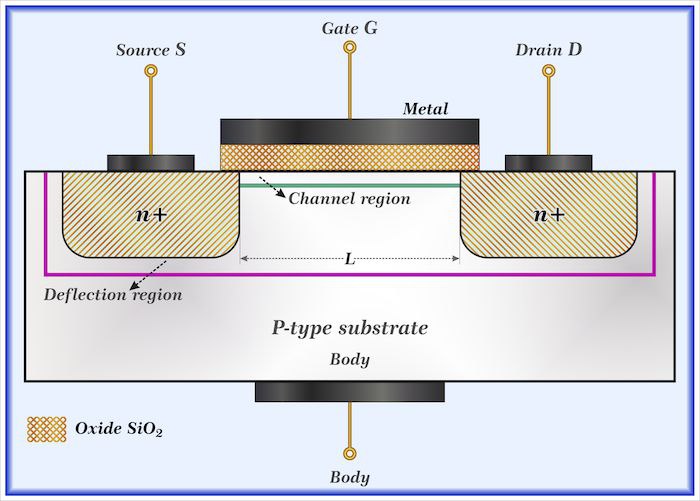The field-effect transistor (FET) is a three-terminal device used for a variety of applications that match, to a large extent, those of the BJT transistor. Although there are important differences between the two types of devices, there are also many similarities that will be pointed out in the sections to follow. The primary difference between the two types of transistors is the fact that the BJT transistor is a current-controlled device as depicted in Fig.1a, while the JFET transistor is a voltage-controlled device as shown in Fig.1b. In other words, the current IC in Fig.1a is a direct function of the level of IB. For the FET the current I will be a function of the voltage VGS applied to the input circuit as shown in Fig. 1b. In each case the current of the output circuit is being controlled by a parameter of the input circuit—in one case a current level and in the other an applied voltage.

